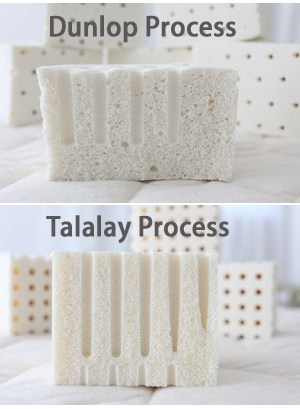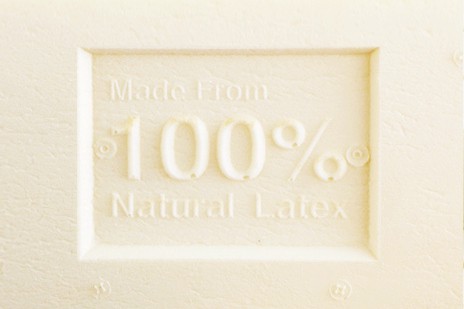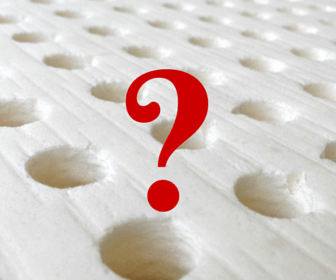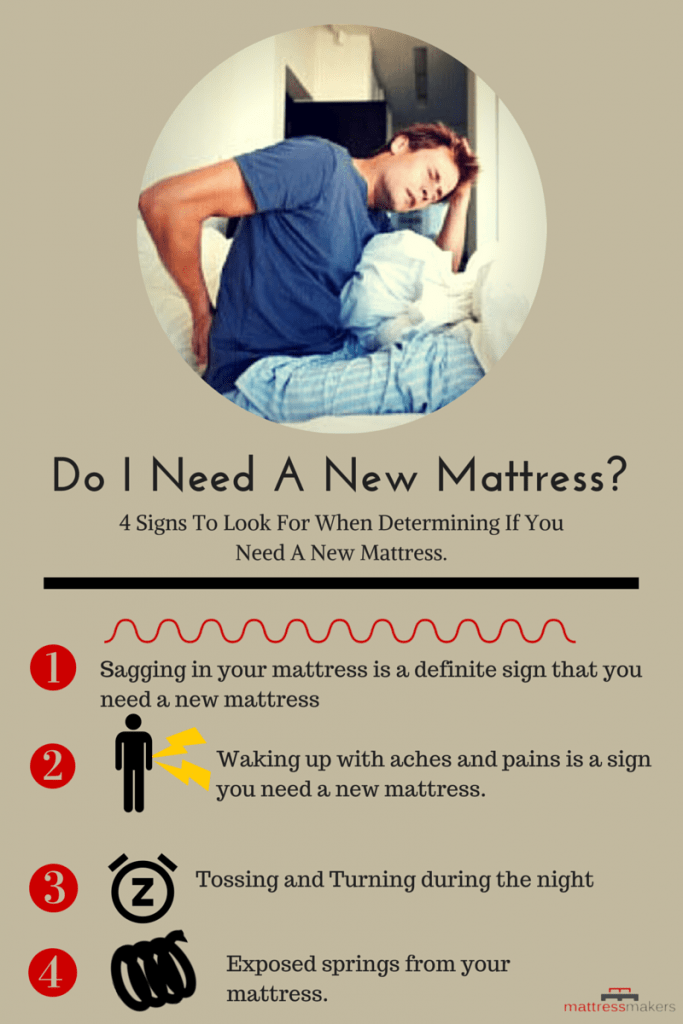We all love perfect. We all want the perfect job, the perfect house, the perfect spouse, or even perfect kids. But like most things very few things can be perfect. What about the perfect mattress? Is there such thing as the perfect mattress?
Well, it depends, there are several factors to look for when looking for the perfect mattress.
-
-
- Comfort/Pressure Relief
- Support
- Durability
- Motion Separation
- Temperature Regulation
- Price
We’ll take a look at each one of these and go over what to look for when purchasing a new mattress to help make it a little easier to find your perfect mattress.
Comfort
When searching for a new mattress, remember “Comfort Is King”.
Out of all the elements that make for a perfect mattress comfort trumps all, that is the main reason why you’re looking for a bed right?
The thing about comfort is that it’s very subjective. What may be comfortable for you might not be so comfortable for your partner.
So how do you choose a mattress based on comfort?
Pressure Relief
A major factor in finding a comfortable mattress is pressure relief.
Pressure points are one of the major reasons why you are tossing and turning at night.
Generally, side sleepers toss and turn more because our hips and shoulders have more pressure points than the other areas and also because that is where most of our weight lies, in the hips and shoulders.
Comfort Layers
If you are a predominately side sleeper we would usually recommend choosing a mattress that has at least one inch or 2 inches of pressure-relieving materials (padding/foam).
Not all pressure relieving materials are created equal.
Just because one mattress has more foam than the other does not mean it is more pressure relieving.
The best type of materials that relieve pressure points will be latex foam and memory foam, and even that foam varies in quality and density.
To learn more about foams you can read our article here.
Latex foam is the most expensive but also the most durable foam there is.
If it’s in your budget we recommend choosing a mattress with at least one of these types of foams in the comfort layers.
Testing the Mattress
When searching for comfort make sure you give each mattress at least a minimum of 2-5 minutes on each one.
Some places will say at least 15 minutes but we realize you’re busy and that’s may not be realistic.
However, you do want to make sure you are giving it the proper time for your body to adjust.
Sometimes a mattress will feel comfortable at the beginning but as you spend more time on it you’ll be able to tell if there are any uncomfortable pressure points developing or if your arm begins to fall asleep.
I’ve seen some people come in with the preconceived idea that they want a firm mattress, and come to realize that a softer mattress feels much better for them because they lied on the mattress a few minutes longer than they would have.
Support
First things first let’s determine what mattress support is and where does it come from.
Mattress support comes from within the mattress. Mattress support is much more than just coil count.
In the old days of mattress shopping, large mattress companies did a good job of misleading the public about coil count.
Coil count was the end all and be all to the quality of a mattress.
Generally, the thought was the more the better but now we’ve learned it’s not always true.
There are several different types of mattress support systems you can choose from which we won’t go into too much detail here.
To get a more in-depth look at mattress support systems you can read our article here.
The 3 main types of mattress support systems are:
- Innerspring/Pocketed Coil
- Foam- Latex, Polyurethane foam,
- Air chambers- Think Sleep Number or Arrow Bed
Each of our bodies are different and each of our bodies has its own unique curves.
The main function of the support layer is to keep our spine, and muscles in alignment.
If you’re on your back or your stomach (sleeping on your stomach is the worst sleep position for support) the mattress should contour and be supported by it’s natural “S” curve.
You should have someone see if the mattress is conforming to the “S” Curve of your back.
If you’re lying on your side your spine should be straight starting at your head and neck.
A good way to test this is to have your partner or someone else look at your back when you’re lying on your side to determine if your spine looks straight.
You’re not looking to be 100% straight to the millimeter because our bodies are flexible and bend.
But it should have an overall straight look. Lay in your general sleeping position for about 5-15 minutes.
If there is any twinge or discomfort you know the mattress is not giving you the support you need.
Mind the gap
While lying on your back or side make sure there are no spaces or gaps between any part of your body or mattress, especially the lumbar area.
Either yourself or your partner slides their hand underneath you and make sure that your body is in complete contact with the mattress.
Durability
So you’ve found a mattress that feels great and is giving you proper support, so how would you now determine how long it will last?
First, you must know the difference between “mattress life” and “comfort life”.
The “mattress life” is the length of time the mattress will hold up before it breaks down and sags within the allotted warranty time.
Usually 1 ½ inches. “Comfort life” is much more important.
It is how long will that mattress give you the same feeling of comfort it did when you first purchased it.
There are many factors to determine this, because it depends on the use or abuse a mattress receives, if you are rotating the mattress properly, and if you have adequate mattress protection from any liquids or moisture.
A quality mattress should give you at least 8-12 years of comfort life and it would be safe to say you got your money’s worth.
Motion Transfer
If you share your mattress with another person then an important feature to look out for when purchasing a new mattress is how well it eliminates motion transfer.
Mattresses with pocketed coils are better at reducing motion transfer than the more traditional connected coil innerspring.
The pocketed coil moves more independently because each coil is in its own pocket.
In contrast, the connected coil has much more motion because the coils are tied together, and when you move, the other coils near it move with it as well.
So if you’re looking for an innerspring mattress and motion is an issue with you, a pocketed coil mattress may be the better choice.
Another type of mattress that is great with motion separation is a foam-based mattress such as latex and memory foam.
You’ve seen the commercial with someone jumping on a mattress next to a glass of wine. Well, that is memory foam at its best.
Memory foam, as well as latex mattresses, do a great job at absorbing energy and reducing motion, thus giving your partner undisturbed sleep so you can sneak out to the fridge in the middle of the night without having to worry about waking him/her up. 🙂
So if motion separation is on the top of your list of important features when buying a mattress then here are the top types of mattresses to go with.
- Memory Foam
- Latex mattresses
- Pocketed coil innerspring
- Connected coil innerspring.
The Temperature Factor
The trend and buzzword in the mattress industry today is “Temperature Regulating”.
Most mattress companies today are striving to make their mattresses sleep cooler and for good reason, sleeping hot sucks!
And with recent studies in sleep wellness sleep researchers have found that sleeping too hot or too cold can affect your quality of sleep.
So what should you look for in a mattress to ensure that your mattress is going to help you sleep cooler?
- Innerspring mattresses naturally sleep cooler than memory foam mattresses. It doesn’t matter what cool features are used in the material (Gel, Outlast, phase change materials). Innersprings will most often sleep cooler because air easily passes throughout the spring system without trapping the heat while memory foam beds have much less air circulation thus trapping more heat.
- Latex mattresses are very similar to innerspring mattresses because latex mattress has hundreds of holes throughout the mattress which aids in the airflow thus transferring heat away from the sleeper.
- Check if the mattress has phase change materials. Phase change materials help regulate the temperature of the mattress by absorbing the heat if you get too warm and releasing the heat back to you if you get too cold. Pretty cool stuff.
- In spite of what has been done in technology memory foam does sleep warm. However, some of the newer memory foam beds with the phase change materials have improved the heat issue slightly.
- Myth– Gel helps a mattress sleep cooler. Gel packs are heat conductors. If you’ve ever had a gel pack in your freezer you know it freezes well, but if you put that gel pack in the microwave it will get scorching hot. Gel takes on the temperature of whatever it is exposed to. It does not dissipate heat or make an object cooler.
Price
The final factor to consider when finding the perfect mattress is the price.
Determining how much to spend on a mattress can be a tricky thing, mattress shopping is not like car shopping or even shopping for electronics where the more expensive ones are generally better than the less expensive items.
A $5000 mattress is not necessarily better than the $2000 mattress if the $2000 mattress addresses all the factors that we talked about earlier.
Go with the lesser expensive mattress.
However in some cases, the lesser expensive models lack some of the features that the more expensive ones do, then you must ask yourself are those extra features worth paying the extra money.
Only you can answer that question. Remember that buying a new mattress does not need to break the bank.
If you’re shopping at a department store, furniture store or big box mattress store, these places often have tremendous wiggle room on price negotiation.
So never ever pay full price (Unless you’re buying a Tempurpedic or Icomfort because they’re price fixed) if you are buying from one of these types of stores.
You should be able to get a 20-30% discount if you negotiate smartly.
In an upcoming article, we’ll show you how to save 20-30 % off a mattress purchased from a mattress store.
Wrapping it up
You are now more equipped with your mattress and have the knowledge to find your perfect mattress a whole lot easier.
We hope that you find this article useful and would love to hear your own experience in your search for the perfect mattress.

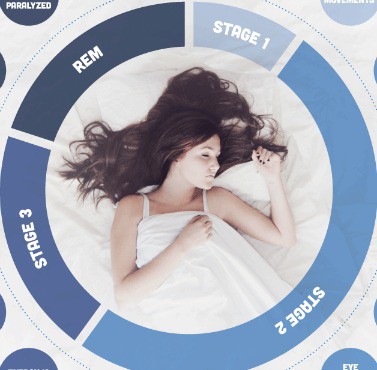

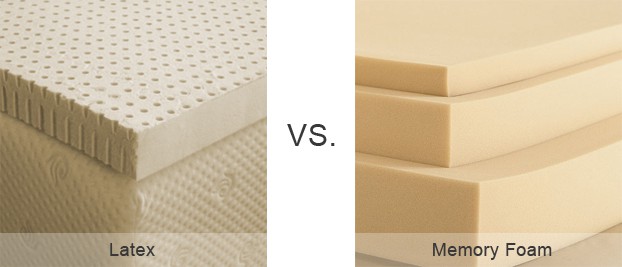
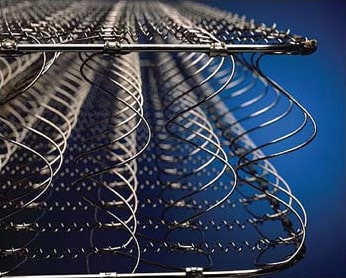
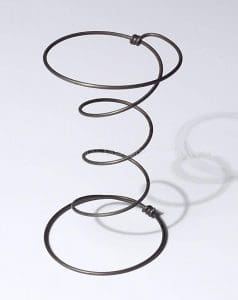 carriage days of the 19th century to provide support in the seat cushion. Bonnell coils are hourglass shaped and knotted at the end. This type of coil is typically found in less expensive mattresses and are the simplest to produce.
carriage days of the 19th century to provide support in the seat cushion. Bonnell coils are hourglass shaped and knotted at the end. This type of coil is typically found in less expensive mattresses and are the simplest to produce.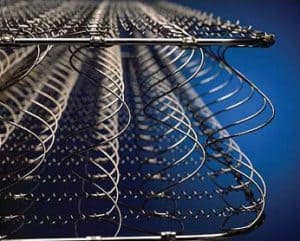 in a lower cost mattress due to the low cost to manufacture this type of innerspring.
in a lower cost mattress due to the low cost to manufacture this type of innerspring.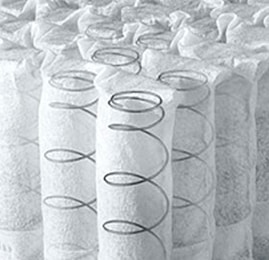 other coils are held together with spirals of wire called helicals. One of the benefits of this is that the pocketed coil does not transfer movement to your partner. Also, the Pocketed coil contours to the shape of you body better than the other types of innerspring. You will typically see a Pocketed coil mattress in the medium to higher priced models.
other coils are held together with spirals of wire called helicals. One of the benefits of this is that the pocketed coil does not transfer movement to your partner. Also, the Pocketed coil contours to the shape of you body better than the other types of innerspring. You will typically see a Pocketed coil mattress in the medium to higher priced models. better than both the Bonnell and Continuous coil. It can also be made firmer than the Pocketed coil since the coils are held together by helical wire. You will typically see the Offset coil in the medium to higher priced mattresses.
better than both the Bonnell and Continuous coil. It can also be made firmer than the Pocketed coil since the coils are held together by helical wire. You will typically see the Offset coil in the medium to higher priced mattresses.